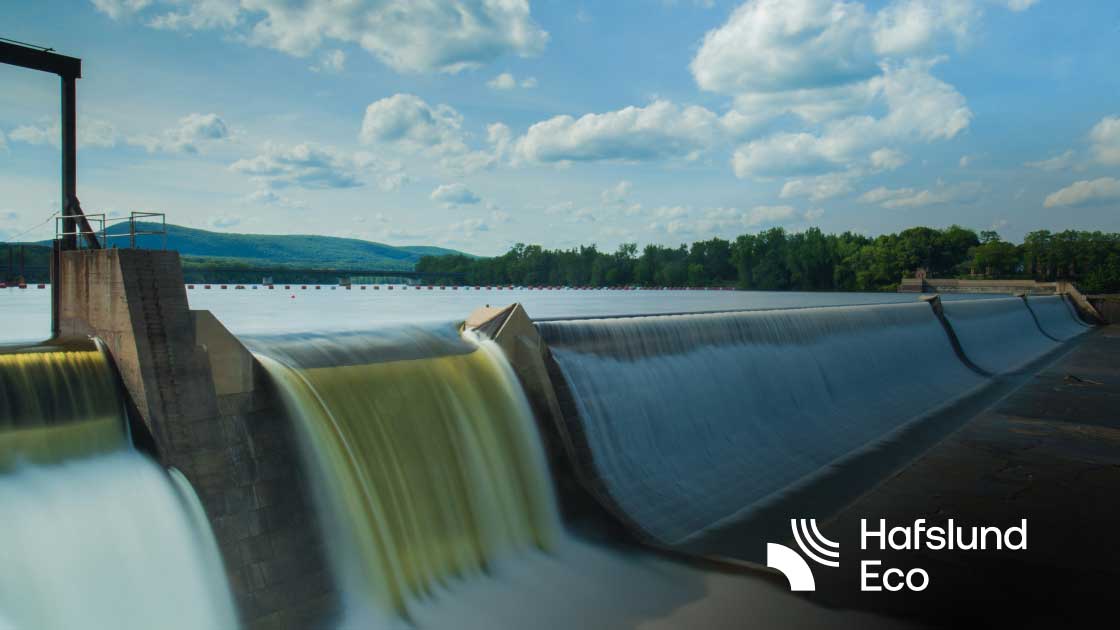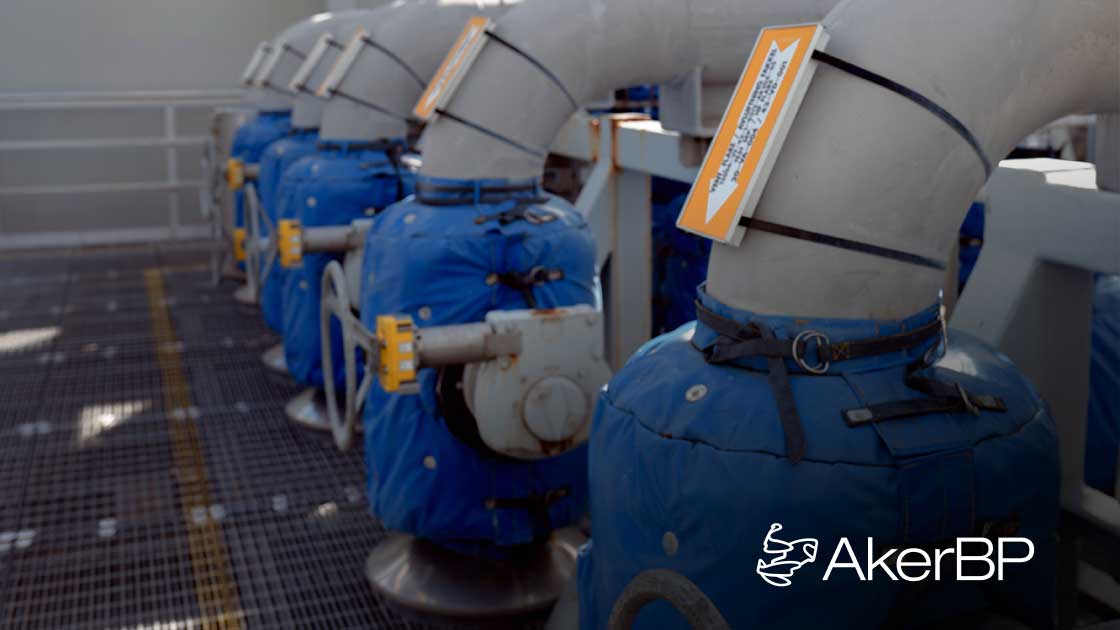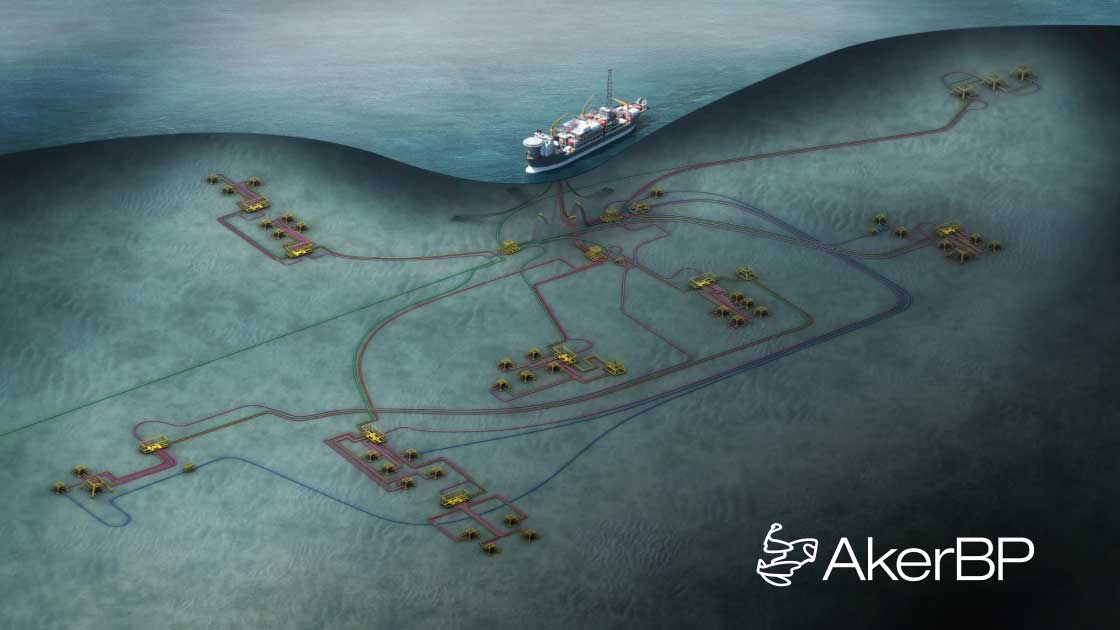This collaboration significantly reduces the number of birds and bats that die due to collisions with wind turbines. Additionally, the data-driven approach to wildlife conservation is estimated to reduce labor expenses during the site assessment and operational phases that will contribute to a reduction in operational expenses.
Challenge
Reduce impact of turbines on local ecosystems
A key challenge facing the wind industry is the potential for turbines to adversely affect wildlife and local ecosystems both directly, via collisions, and indirectly due to noise pollution, habitat loss, and reduced survival or reproduction. This may be a problem through the construction phase, but it can also persist through daily operations.
When assessing a new site for a wind farm, a developer might be required to map out the wildlife—especially flying animals such as birds and bats. In the case of an offshore wind farm, this requirement might include marine life. This is an important but costly process; in one case, a developer needed to hire the services of 20 full-time ornithologists for a year to complete the assessment.
Once the wind farm is in operation, operators seek to both track local wildlife and protect it from harm. This can be done for example by turning off or slowing down turbines when birds are migrating through the site or—in the case of offshore wind farms—preventing large mammals from getting entangled in cables connecting floaters to the seabed.
Solution
The NextWind Real Time Condition Monitoring project
Cognite and Aker Solutions were in April 2020 awarded a $2 million grant from the California Energy Commission (CEC) for a project called NextWind Real Time Condition Monitoring.
The project is focused on next-generation solutions in wind through digitalization and aims to develop a holistic digital solution that will enable monitoring the condition of an offshore floating wind farm and its impact on the environment via live data streaming.
As part of the digital solution, Aker Solutions and Cognite are using Cognite Data Fusion® as a digital foundation for data that can help operators reduce their impact on local wildlife.
Computer vision on camera feeds can detect birds and bats, which can be a tool to conduct site assessments more efficiently or monitor conditions when in operation. This data can help automate operations so that turbines automatically turn off or slow down when large bird migrations are taking place.
For offshore wind farms, operators can detect marine life entanglement by assessing vibration data from floaters in combination with acoustic data. Upon detection, a rescue operation can be initiated.


